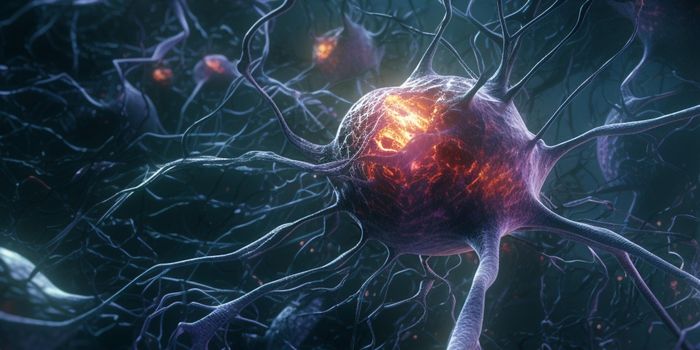How Changes in Genome Structure Triggered Human Brain Development
Researchers participating in the Zoonomia project have just published a trove of papers outlining numerous findings from the effort, in which the genomes of 240 mammals were carefully analyzed and compared in various ways. The work revealed unique genomic regions in animals that do unusual things like hibernate, as well as many common features that are shared among all mammals. The research has also provided new insights into why the human genome is unlike those carried by other animals. The findings have been reported in Science.
In this paper, the investigators focused on parts of the genome called human accelerated regions (HARs), which portions of the human genome that have undergone accelerated evolution. Many HARs have been shown to be related to brain development, and they changed quickly; many of them were rearranged during the human evolution. These regions had been stable in mammals for thousands of years, until these human-specific changes come along. They seem to have had a massive impact on human biology, particularly on the brain.
HARs are generally short sequences, and the researchers found that many of them are located in areas that have an impact on how the human genome folds compared to other primates. "This gave us an idea how HARs could have arisen in the first place," said lead study author Professor Katie Pollard, Ph.D., director of the Gladstone Institute of Data Science and Biotechnology, among other appointments.
Pollard noted that the three-dimensional structure of the genome has a significant impact on enhancers, which can influence the activity of any gene that happens to be nearby, something that depends on how the genome is folded.
With a machine learning technique, the scientists determined that 30 percent of HARs are in areas that are folded differently in humans and chimpanzees.
"We realized that these human-specific structural changes may have created the right environment for HARs to evolve fast in the human ancestor, after remaining almost the same over millions of years of mammal evolution," said first study author Kathleen Keough, Ph.D.
Changes in how DNA folds could have had massive effects. An enhancer might have been close to a gene involved in the activity of some hormone at one point, and then suddenly the enhancer is near a neurotransmitter gene, suggested Pollard.
The study authors also determined which genes the changed enhancers were probably close to, and found that in many cases the genes were related to the development of the brain, as previous work has suggested. In some instances, the genes that were identified have been shown to be involved in neurodevelopmental disorders.
This research has shown how HARs may have arisen and what impact they could have had, and the team is planning to follow up to learn more about how HARs affected the human brain.
Sources: Gladstone Institute, Science









